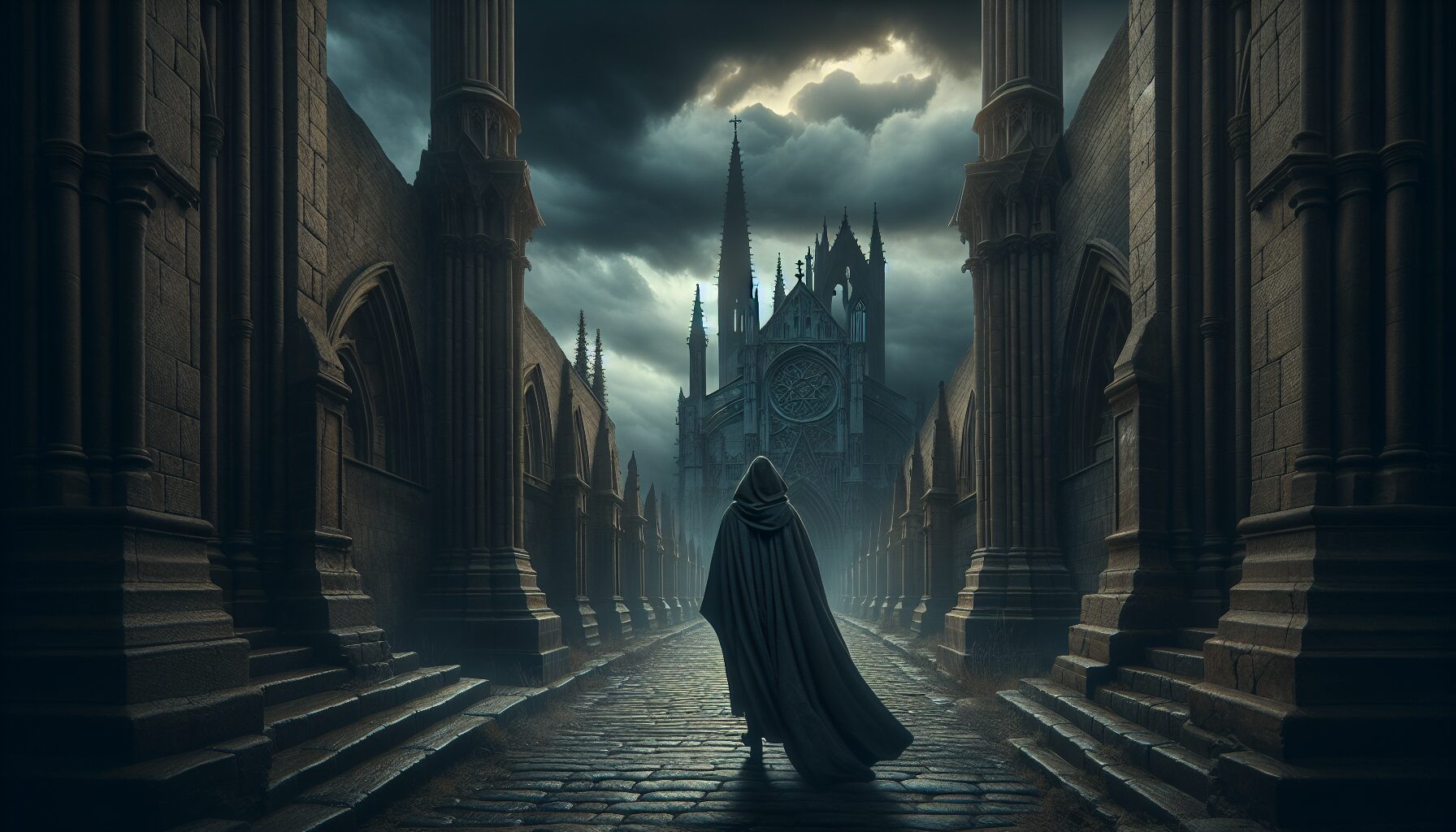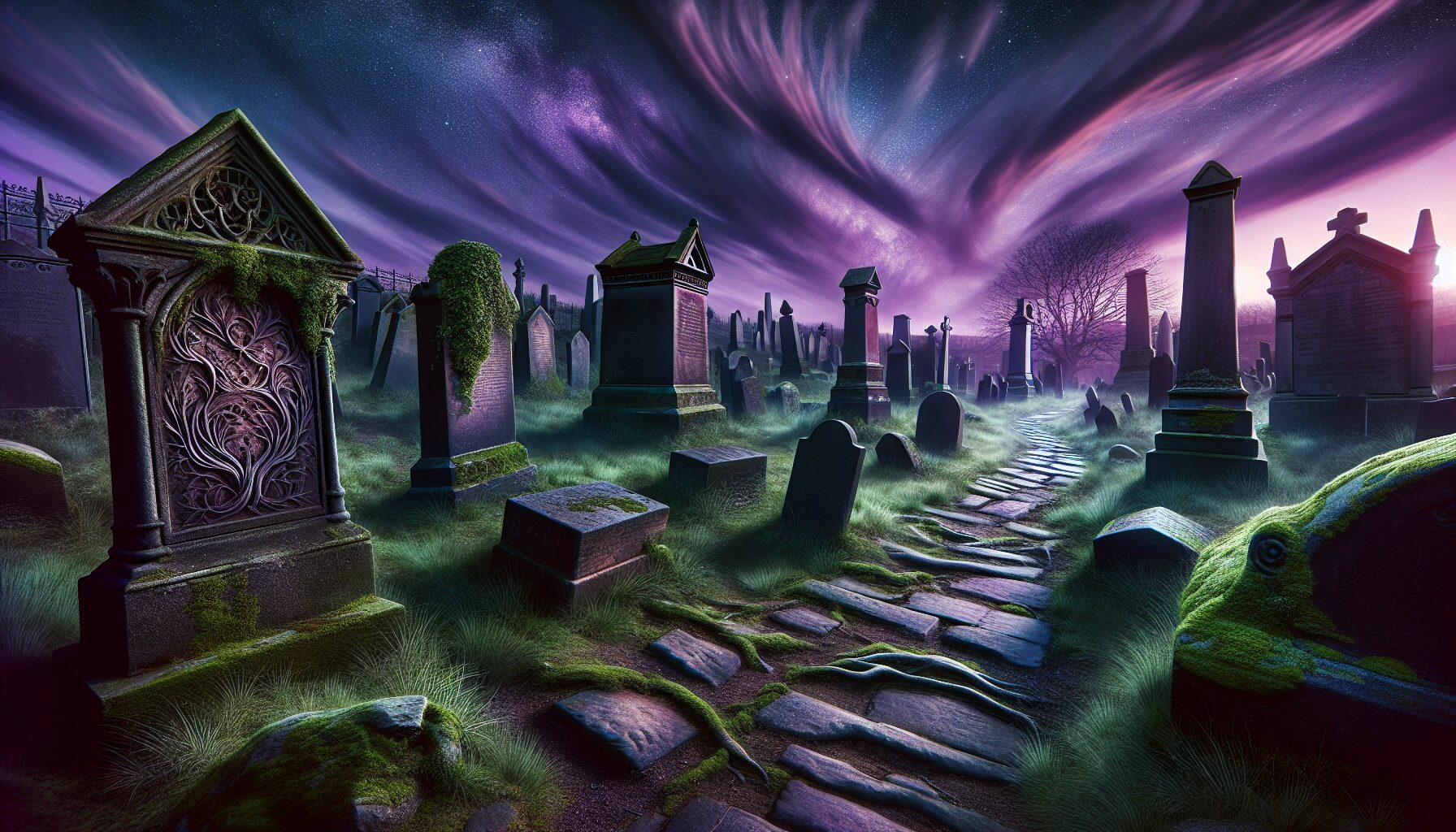Shadowed Divinity: Angels in the Dark
Darkness is not a setting typically associated with angels, those celestial beings often depicted with radiant halos and pristine wings. However, the film Angels in the Dark reimagines these archetypal figures, casting them into a world rife with shadows and moral ambiguity.
Released in 2023, Angels in the Dark is a cinematic exploration of light and darkness, not merely as environmental elements but as existential themes. Directed by visionary filmmaker Lisa DuPont, the movie takes a bold leap into the unknown—portraying angels who grapple with the shadows within themselves and the world around them.
A Daring Narrative
Set in a dystopian urbanscape, the film follows the story of Seraphina, a fallen angel on a quest for redemption. The story unfolds through chiaroscuro, balancing the vivid brightness of angelic moments with the brooding haze of a city beset by crime and despair. Seraphina’s mission is complicated by Azrael, an enigmatic figure torn between his heavenly duties and earthly desires.
“We wanted to challenge the conventions,” DuPont remarked in an interview with Film Independent. “Angels in mythology have always intrigued me—they’re not just light and love; they possess the potential for complexity and conflict.”
A Stellar Cast
- Cate Blanchett as Seraphina – Blanchett delivers a masterful performance, embodying both the fragility and strength of her character.
- Tom Hardy as Azrael – Hardy’s portrayal is layered and introspective, capturing the character’s internal struggle and charisma.
- Viola Davis as the Oracle – Davis adds wisdom and gravity to the film, her character a guiding force for Seraphina’s journey.
Together, the cast forms a dynamic ensemble, each performance complementing the others to create a gripping narrative experience. Critics have praised the film for its depth and the commitment brought forth by its leading actors.
Visual and Auditory Artistry
Angels in the Dark is as much a visual masterpiece as it is a narrative one. Cinematographer Henri LaMontagne uses stark contrasts and shadow play to enhance the film’s thematic exploration. Sweeping cityscapes drenched in neon light juxtapose with intimate, dimly lit interiors, offering the audience a feast for the eyes.
“The imagery is both haunting and beautiful,” stated film critic Roger Ebert (via archive) in his review. “Every frame is meticulously crafted, pulling the viewer deeper into the story’s heart of darkness.”
The auditory landscape, composed by the renowned Hans Zimmer, augments this visual spectacle. His score weaves ethereal strings with brooding electronic elements, enveloping the audience and enhancing the film’s emotional impact.
Exploring Themes of Morality
Beyond its aesthetic appeal, Angels in the Dark offers profound commentary on what it means to be good or evil. It questions whether actions are ever purely one or the other. Seraphina and Azrael each represent different facets of this moral spectrum, their paths intertwined yet distinct.
The film delves deep into philosophical inquiries, echoing sentiments from theologians and philosophers alike. In one pivotal scene, Seraphina questions, “If we are bound by divine law, how do we reckon with our humanity?” This line encapsulates the internal conflict faced by many of the film’s characters, as they navigate a world where moral absolutes crumble into gray.
Critical Reception
Angels in the Dark has been met with critical acclaim, with many praising its bold narrative choices and rich thematic exploration. The Rotten Tomatoes consensus reads, “A daring dive into the essence of divinity shrouded in shadow, artfully executed and emotionally poignant.”
While some viewers may find its existential themes dense, the film’s ambition to redefine what we conceive as divine is undeniable. It prompts audiences to confront their perceptions of light and darkness—not just on screen, but within themselves.
Conclusion
Angels in the Dark is a cinematic triumph that extends beyond its visual and auditory allure. It is a poignant exploration of divinity shaded by the complexities of existence. By blending a stellar cast, captivating visuals, and a thought-provoking narrative, the film invites viewers to ponder the light and shadows within, offering a fresh lens through which to understand the divine.




